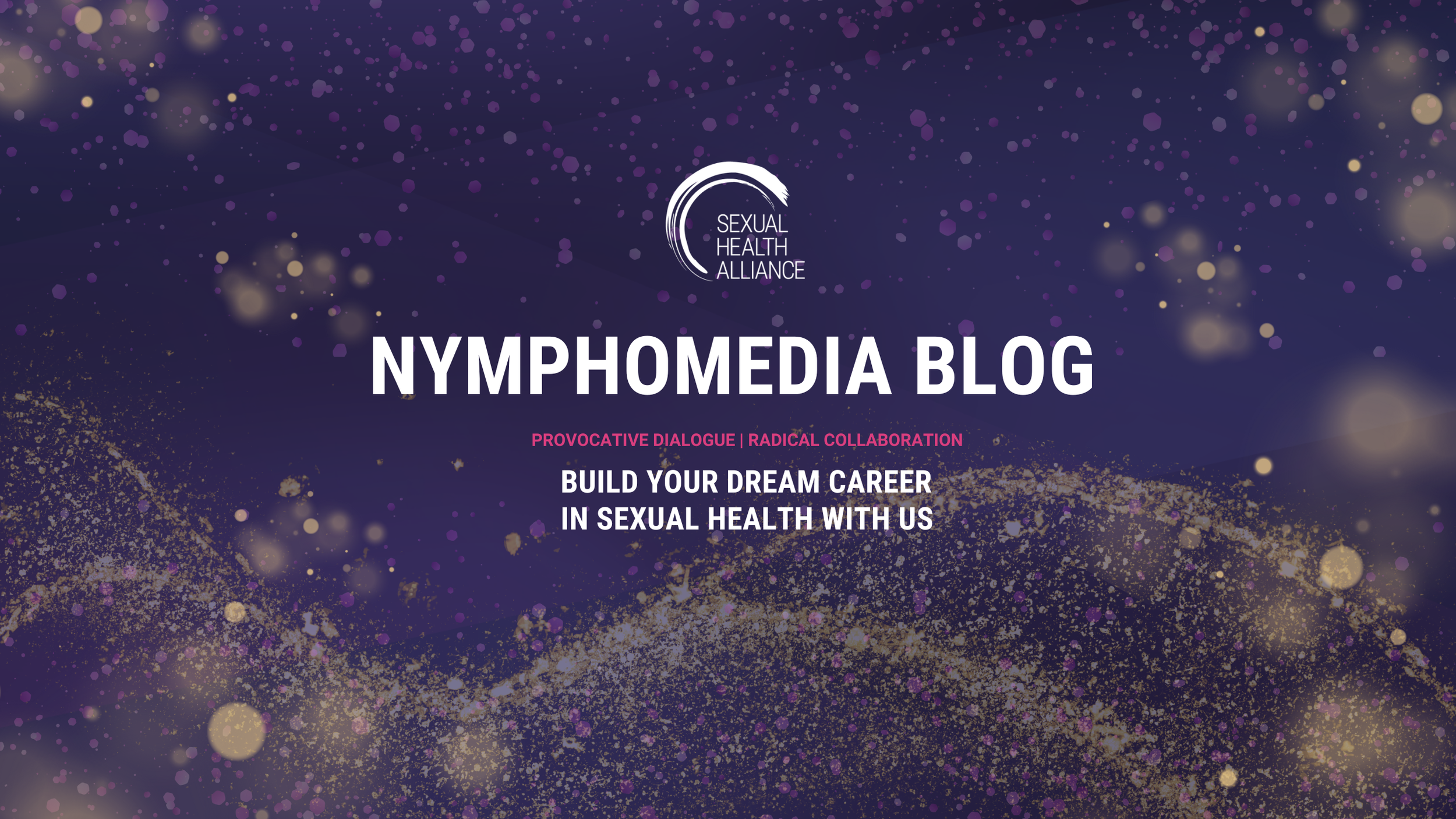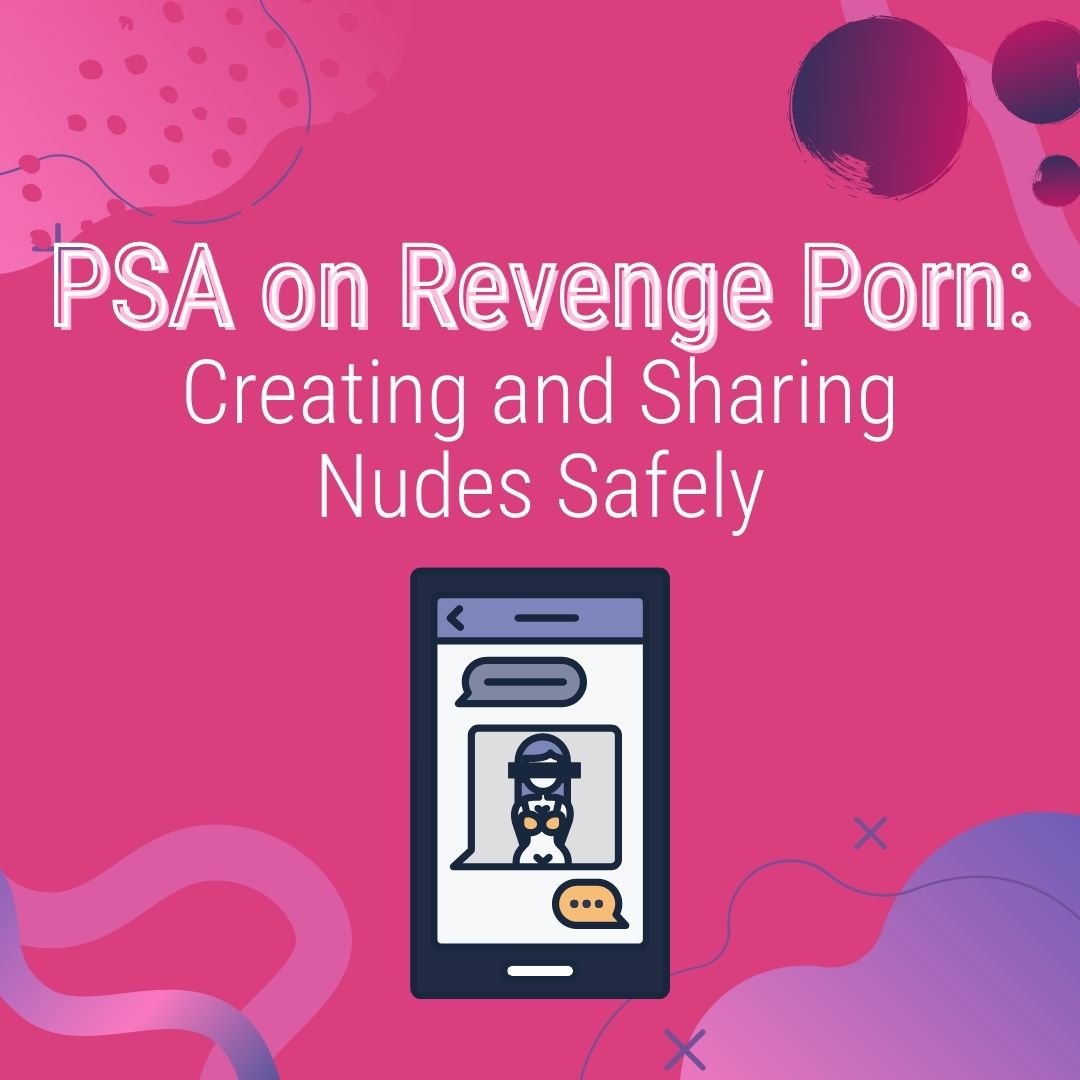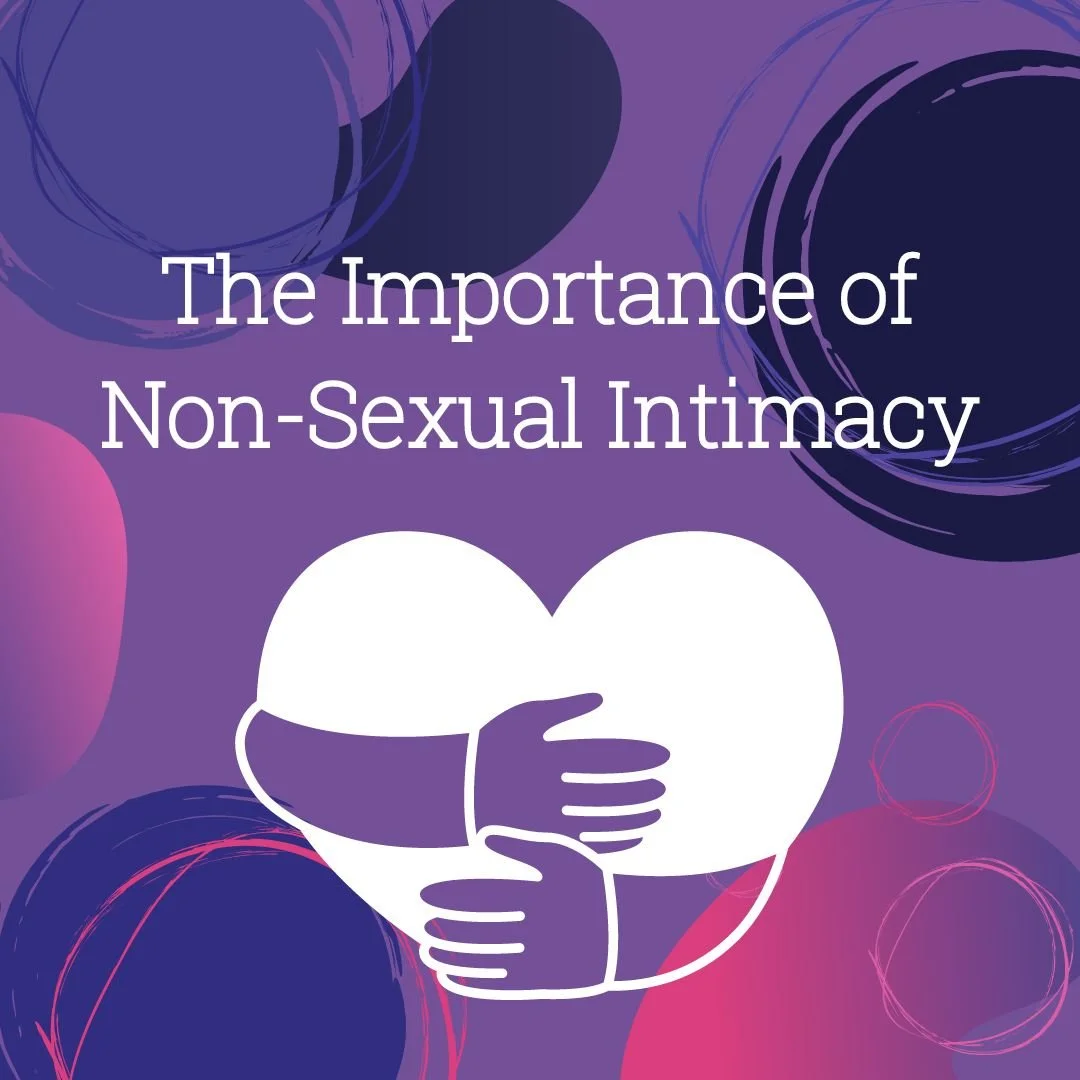Hormones are the primary cause for the reason you have a hankering for Ben & Jerry’s Phish Food ice cream (totally not based on actual personal cravings). A 2016 study revealed that the changes in levels of estrogen and progesterone result in cravings for high-carb and/or sweet foods before your period begins. Whilst hormones play the more prominent role in these sudden cravings, it has also been shown that eating these sweet treats, and honoring your cravings, can help you to combat the not so pleasant premenstrual stage of your cycle. Consuming starchy and sweet foods results in a release of serotonin, and in turn, a feeling of happiness. This can feel especially good when experiencing the hell that is premenstrual syndrome. It is common to experience these food cravings, compulsive eating and strong food cravings before a period can be a sign of premenstrual dysphoric disorder (PMDD). Further signs of PMDD include: forgetfulness, paranoid, panic attacks, crying spells, back pain, and heart palpitations.
Having these cravings does not necessarily mean that you are pregnant. While it is true that cravings and hunger are a common symptom of pregnancy, so are aversions to certain foods. You may have previously loved spaghetti carbonara, but now even the sight of it puts you off. Food aversions are very common in pregnancy, but usually not in the premenstrual stage. Furthermore, there are other symptoms of pregnancy that will appear significantly before you start getting cravings, such as missed periods, nausea/morning sickness, and a change to your nipples. Cravings related to your period typically start around 7 to 10 days before your period starts, this is usually accompanied with other PMS symptoms such as: mood swings, tender breasts, and the lovely period poops (stinky but normal!). It is crucial to listen to your body and its cravings. If it’s telling you to grab a double decker bar, you are allowed to do it! Whilst overindulging on the daily is not recommended due to the lack of nutritional value, you are still allowed to eat more or eat differently to what you normally do. Unfortunately, a lot of the foods that are a period cravings tend to result in your body feeling worse.
























